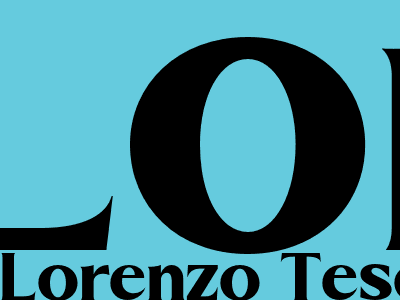
Lorenzo Tesorini: The Master of Italian Renaissance Painting
Early Life and Artistic Influences
Lorenzo Tesorini, born in 1487, emerged as a prominent figure in the Italian Renaissance movement. His birthplace, Florence, was a flourishing artistic hub, nurturing his talent from an early age. Influenced by masters like Filippino Lippi and Fra Angelico, Tesorini's works celebrated Christian themes with a unique blend of realism and emotion.
From his youth, Tesorini demonstrated exceptional skill in capturing human form and expression. His meticulous attention to detail and mastery of perspective allowed him to create engaging narratives on canvas. The influence of Florentine masters is evident in his early works, such as the "Madonna and Child with Two Angels" (1505), where the grace and harmony of the figures evoke the elegance of earlier masters.
Signature Style and Techniques
Tesorini's artistic style matured over time, evolving into a distinctive blend of naturalism and symbolism. His works are characterized by vibrant colors, soft lighting, and a keen eye for human emotions. Tesorini experimented with innovative techniques, such as sfumato, to create an ethereal quality in his paintings.
Tesorini's paintings depict realistic human figures, their expressions conveying a range of emotions from serenity to contemplation. He often incorporated symbolic elements, like flowers, fruits, and animals, to enhance the narrative and convey hidden meanings. His mastery of perspective allowed him to create spatial depth, inviting viewers into the depicted scenes.
Major Works and Legacy
Tesorini's most notable works include the "Madonna and Child with Saint John the Baptist" (1515), a tender portrayal of the Virgin Mary and Child, and the "Annunciation" (1520), which captures the moment of the angel Gabriel announcing Christ's birth to Mary. These paintings showcase Tesorini's skill in creating beautiful compositions and conveying emotional depth.
Tesorini's influence extended beyond his lifetime. His unique style and techniques inspired later artists, including Correggio and Parmigianino. His works continue to be admired for their beauty, realism, and emotional resonance, cementing his place as a master of the Italian Renaissance.
In-Depth Exploration
Religious Themes and Symbolism
Tesorini's works are imbued with religious themes, reflecting the pervasive influence of Christianity during the Renaissance. Biblical narratives and saints feature prominently in his paintings, often accompanied by symbolic elements that enhance the meaning and convey spiritual messages.
For example, in "The Last Supper" (1525), Judas is depicted with a money bag, symbolizing his betrayal, while the disciples' hands form gestures of prayer and communion, reinforcing the sacramental nature of the event.
Humanism and Naturalism
Tesorini's art also reflects the humanist ideals of the Renaissance, which emphasized the importance of human reason and observation. His realistic depiction of human figures, their expressions, and their interactions demonstrate a keen understanding of human nature.
In works such as "Portrait of a Young Woman" (1520), Tesorini captures the sitter's individuality and personality, revealing his ability to portray human emotions and experiences with sensitivity and grace.
Legacy and Influence
Lorenzo Tesorini left a lasting legacy on the art world, influencing both contemporary and later artists. His innovative techniques and unique style inspired subsequent generations, shaping the development of Italian Renaissance painting.
Tesorini's works can be found in museums and galleries worldwide, including the Uffizi Gallery in Florence and the Louvre in Paris, where they continue to be admired for their beauty, emotional depth, and historical significance.